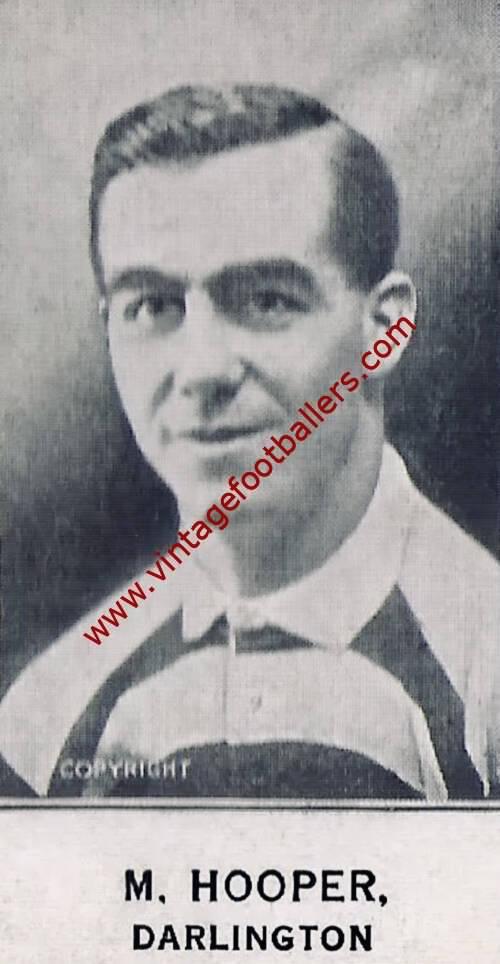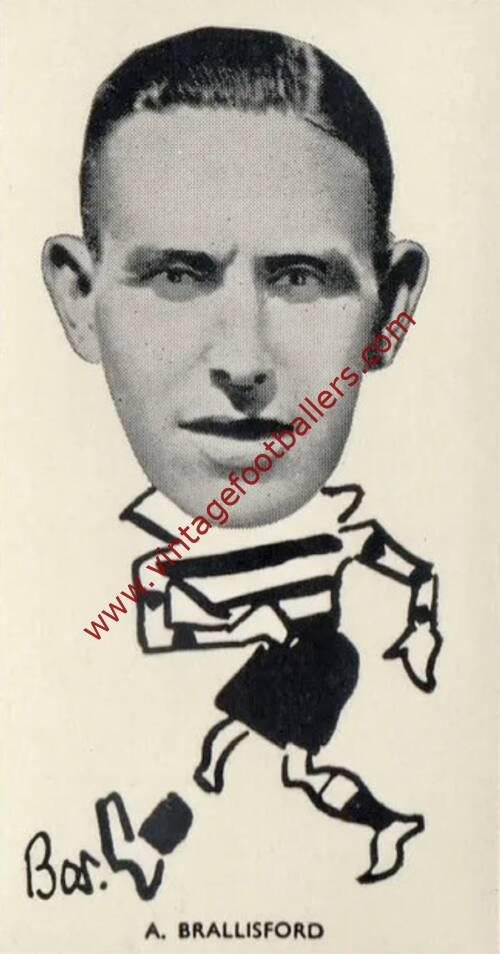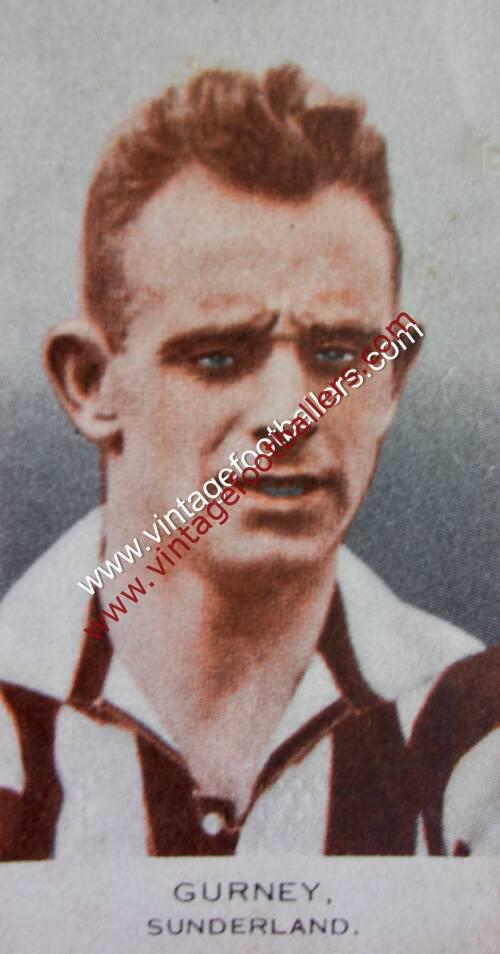Please choose your photo size from the drop down menu below.
If you wish your photo to be framed please select Yes.
Note: 16″x 20″not available in a frame.
Images can also be added to accessories. To order please follow these links
£8.95 – £49.95
Please choose your photo size from the drop down menu below.
If you wish your photo to be framed please select Yes.
Note: 16″x 20″not available in a frame.
Images can also be added to accessories. To order please follow these links
Shildon, County Durham born inside forward Frank “Paddy” Wrightson began his football career with Northern League Ferryhill Athletic in 1927 and joined Third Division (North) Darlington after becoming one of several hundred Durham amateur footballers suspended for six months and declared professional for receiving payments over and above legitimate expenses. He played as an amateur for Darlingtonin the latter half of the 1928-29 season, making his Football League debut in a 3-2 defeat at home to Stockport County on 30th March 1929. He appeared twice more that season, without scoring, and then turned professional. He appeared in the first 34 matches of the 1929-30 season and scored 16 goals, including a hat-trick in a 3-1 win at New Brighton in November 1929, playing mainly at inside right in support of 34 goal centre forward Maurice Wellock as Darlington headed for a third-place finish.
In mid-March 1930, he became the sixth player in ten days to sign for First Division Manchester City; the fee was “stated to be above £2,000”. He went straight into the starting eleven for City’s 3-1 home win against Grimsby Town. The opening goal was scored by Tommy Tait after Wrightson’s shot hit a post, but “shot lamentably when Tait unselfishly invited the newcomer to ‘help himself’ to his first goal”. He played in three more matches that season without scoring. Against Sheffield United he again disappointed the Manchester Guardian correspondent when he missed two “excellent” chances and showed he had “yet to discover the speed and nimbleness that distinguish City forwards.” He improved, but his lack of success in front of goal meant he never established himself as a first-team regular. He scored four times from 22 appearances for The Citizens, all in the League, and then, with the transfer deadline approaching, he signed for Fulham in March 1932, who needed to strengthen their squad in an attempt to secure the Third Division (South) title and consequent promotion to the Second Division.
He played throughout what remained of the ultimately successful promotion campaign, scoring on his debut in a 3-0 win against Brighton & Hove Albion, and adding two more goals, a header in a 2-1 win against Mansfield Town and the opening goal against Bournemouth & Boscombe Athletic as Fulham ended the season as Champions. However he played little in Fulham’s 1932-33 Second Division season, bringing his totals to five goals from 19 appearances, before moving on again 0n the following deadline day after just a year with the club.
With centre-half Harry Webb signed for Third Division (South) Exeter City of the for a club record fee. He again went straight into the starting eleven, and helped his side finish as runners-up. In 1933-34, he contributed to Exeter winning the Third Division South Cup. He was a member of the team that beat a Crystal Palace’ reserve side (the first team were otherwise engaged with special training in preparation for their FA Cup tie against Arsenal) by the unusual score of eleven goals to six and scored the winner against Brighton in the semi-final second replay. He was part of the team that beat local rivals Torquay United in the Final.
Although reluctant to re-sign for another season, he did so, came into the team for the visit of Northampton Town in early September 1934, and scored all three goals, the last an intended cross that “sailed into the far corner”. He “played with intelligence and enterprise throughout. The crowd were delighted at his success, not only because it meant victory for the team, but because they have always recognized in him a player who pulls his weight, often without any good fortune in scoring efforts.” In November, he contributed two goals to Exeter’s come back from 5-2 down to draw 5-5 at Bristol Rovers, and scored freely for the rest of the season, finishing with 18 goals, being their joint top League scorer with 16 along with Harry Poulter.
With the transfer deadline approaching, the Western Morning News commented that “Throughout the season Wrightson has played consistently well, and has been the principal schemer of the City’s danger moves. His shooting has been attended with marked success, and to date he heads the Exeter scorers with fifteen goals to his credit.” They also expressed concern that, if interest from other clubs in Wrightson and fellow goalscorer Harry Poulter resulted in a serious offer for their services, the directors might make the mistake of accepting, which “would strike a heavy blow to Exeter City’s prestige, and would probably result in a serious deterioration in the team’s standard of play”, thus potentially reducing attendances. He finished his Exeter career with 30 goals in 83 appearances. He was included on Exeter’s retained list but would not accept the terms offered, and at the end of May was placed on the transfer list.
Three weeks later, Wrightson signed for Third Division (North) Chester. He scored four goals in his first month with the club, and then none until 1st February 1936. Until arriving at Chester, he had played as an inside forward “of the scheming type”, although “possess[ing] a powerful shot”. Converted to centre forward, he embarked on a scoring spree that began with four against York City in a 12-0 win that remains both Chester’s record win and York’s record defeat. According to a feature in the York Press, Wrightson also hit the crossbar twice and missed two other good chances. He then continued with three in a 4-2 defeat of Barrow, and followed with a third hat-trick in consecutive matches – a feat performed only seven times in Football League history – as Chester beat New Brighton 8-2 on 15th February. The scoring run extended to 19 goals in eight consecutive matches, and he finished the season as the club’s top scorer, with 27 League and 8 Cup goals, including the winner against Darlington, his former club, in the Final of the Third Division North Cup.
He produced a further 32 League and 3 Cup goals in 1936-37, including hat-tricks against Carlisle United and Lincoln City, and was proceeding in similar vein in 1937-38, with 14 league goals by the end of December, when injury disrupted his season. His services were again retained, but he made no more league appearances, and was released on a free transfer at the end of the 1938-39 season. The Chester Chronicle’s sports editor wrote that “[Wrightson] has been so repeatedly in the wars this season that we had almost forgotten he was still with us. Anyway, he is due to leave Chester any time now. and we shall always remember him as a fine fellow and a great servant. I am sure I am expressing the sentiments of every Stadium patron when I wish him all success in the future.” His 73 Football League goals stood as a club record for more than 40 years, and he remains third in their all-time scorers table.
| Weight | N/A |
|---|



